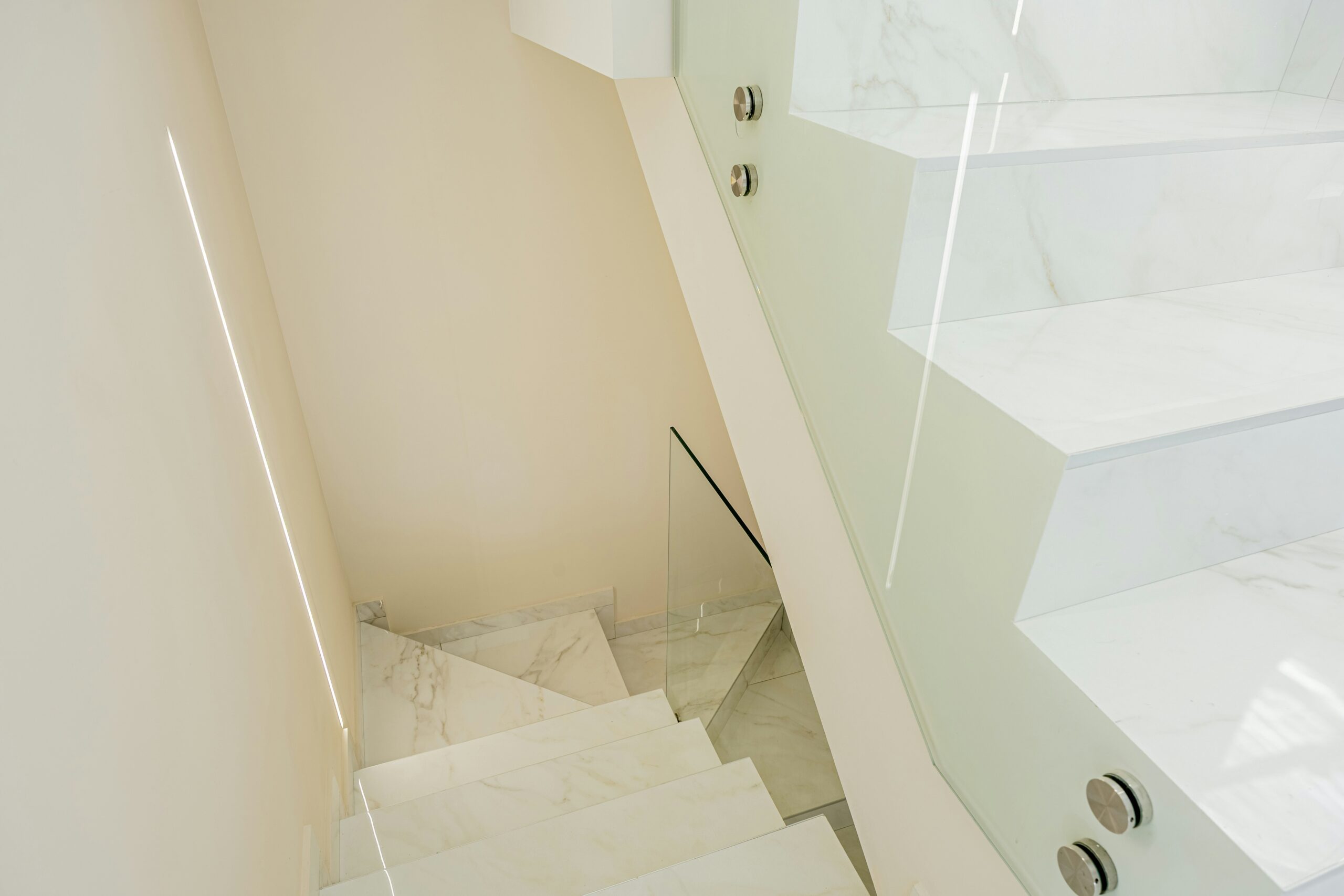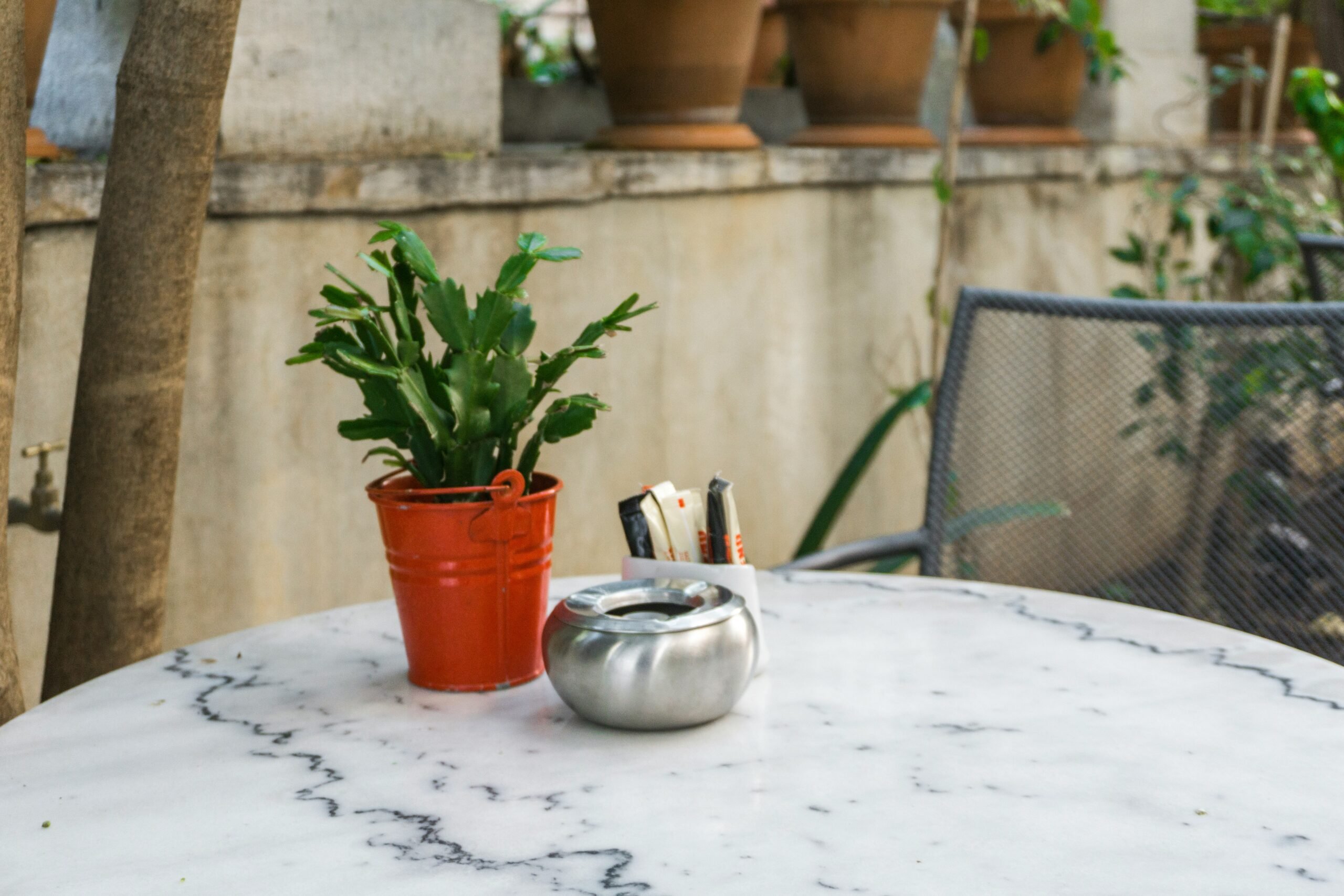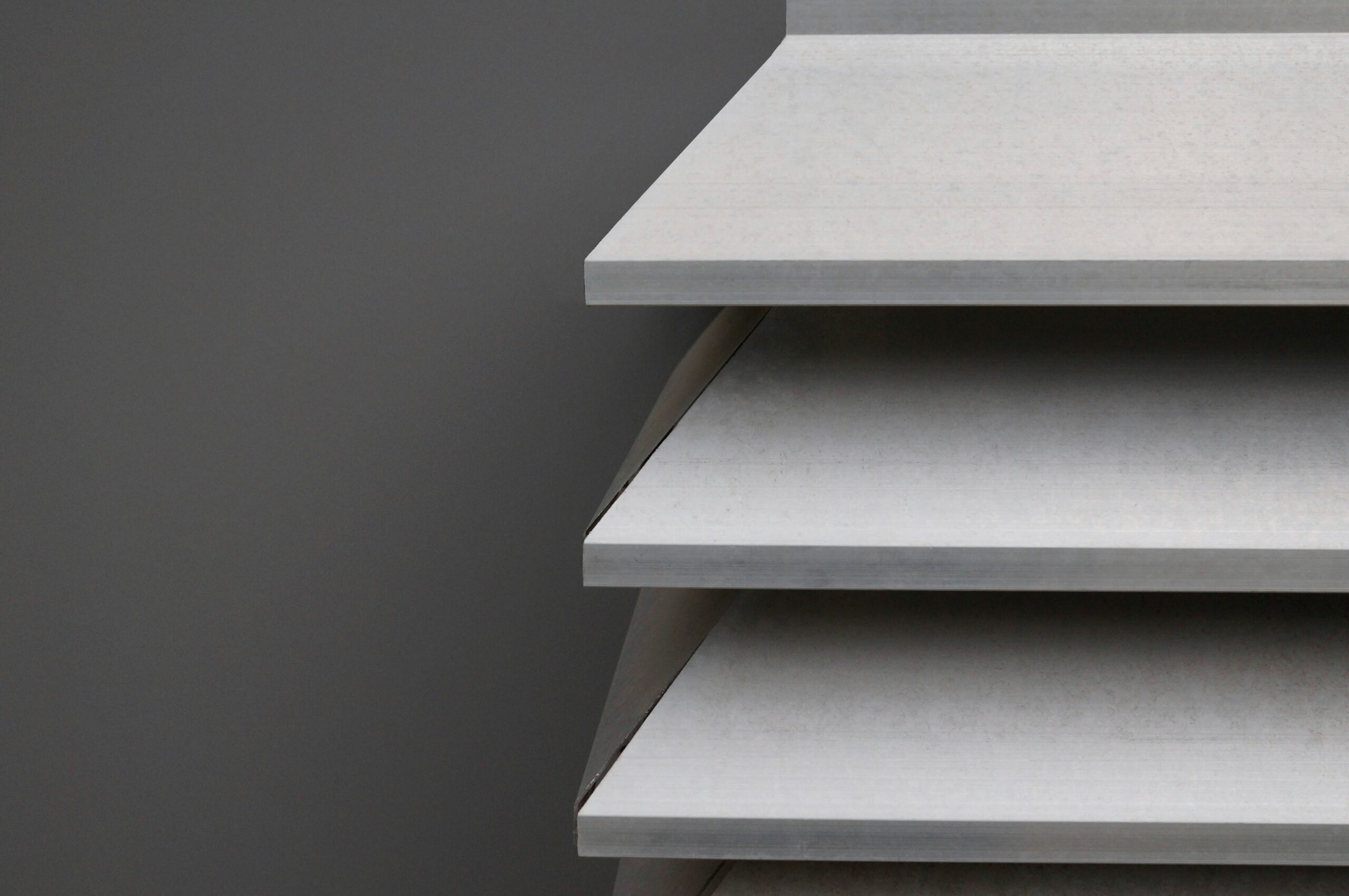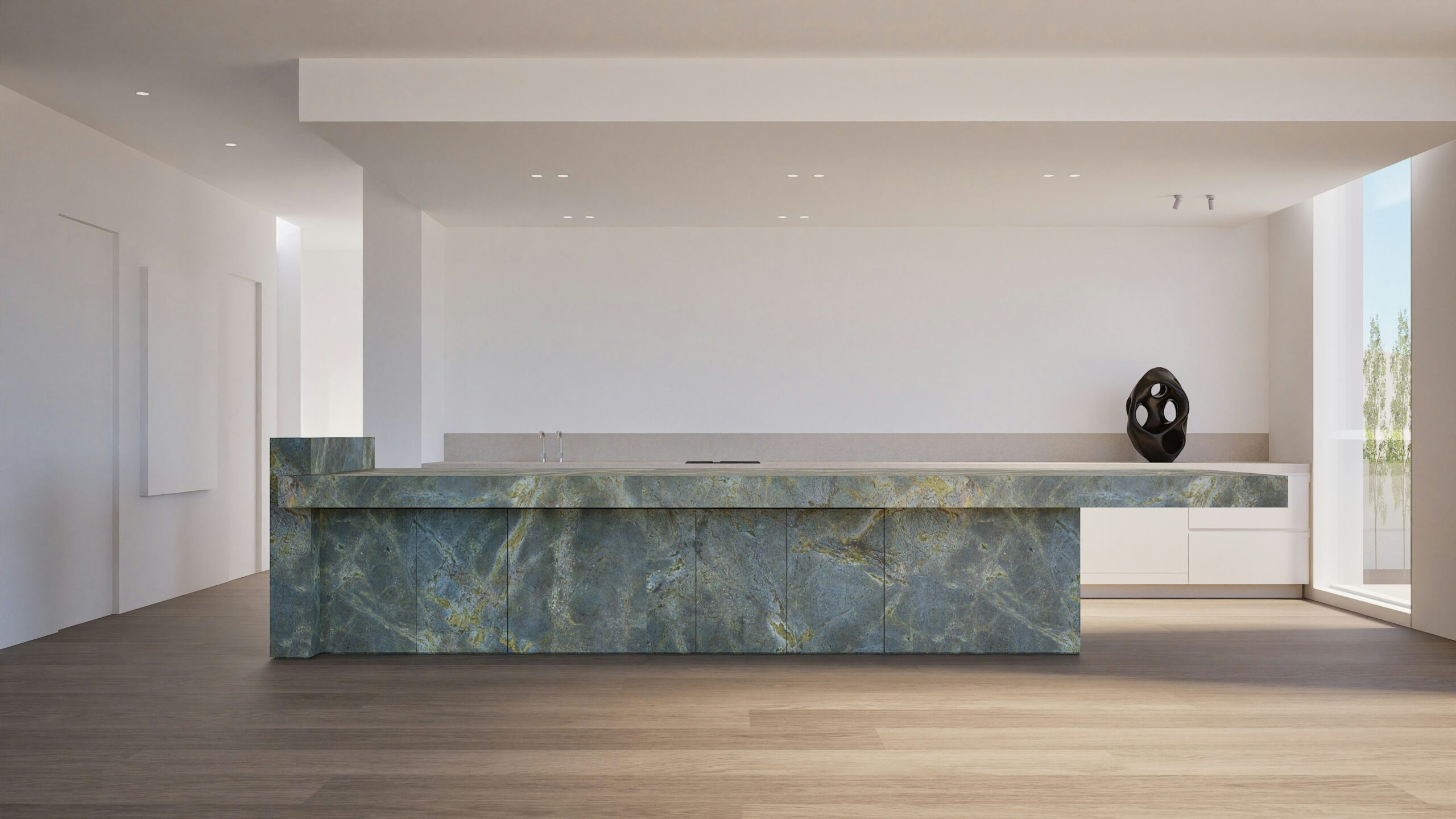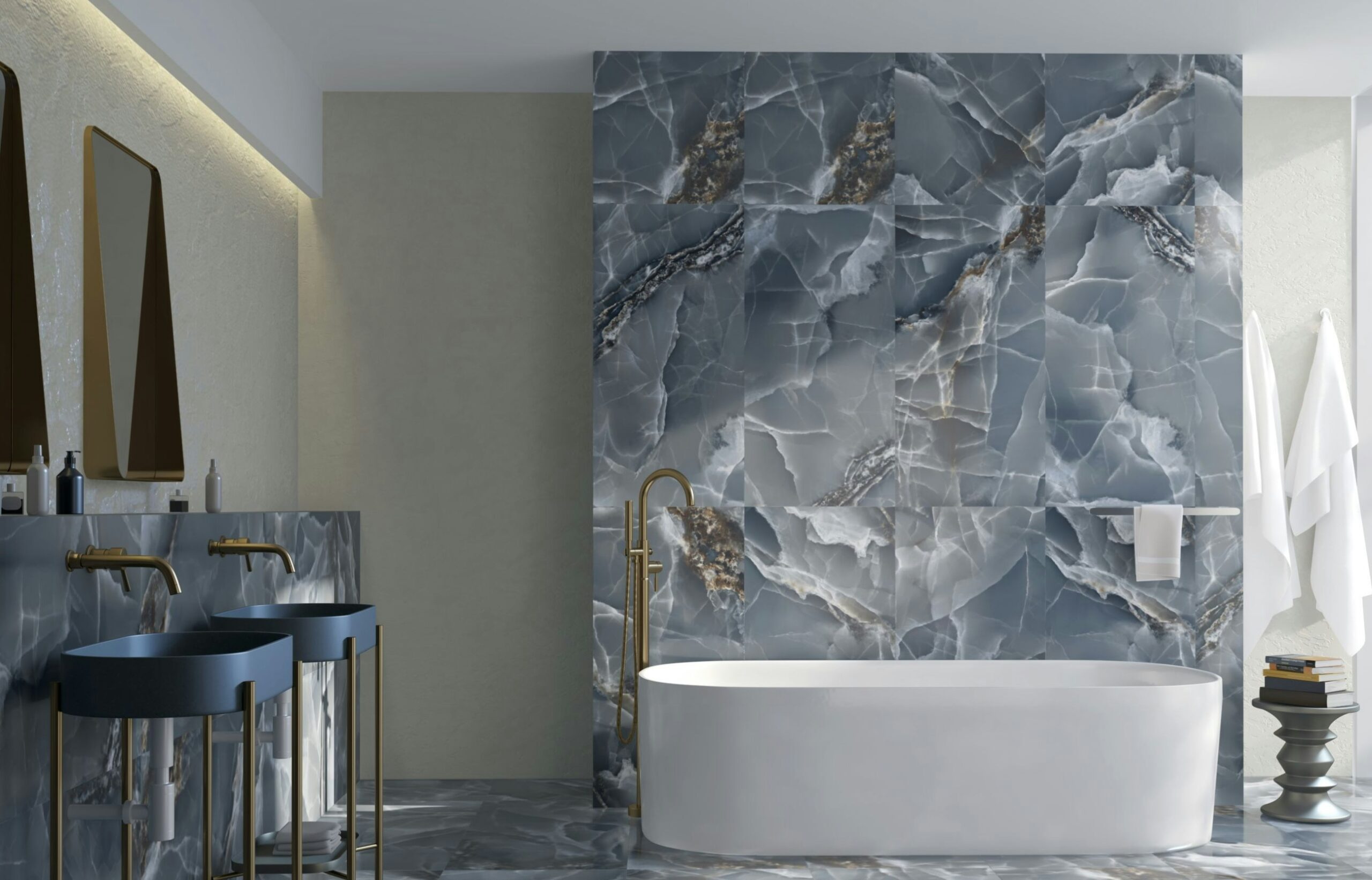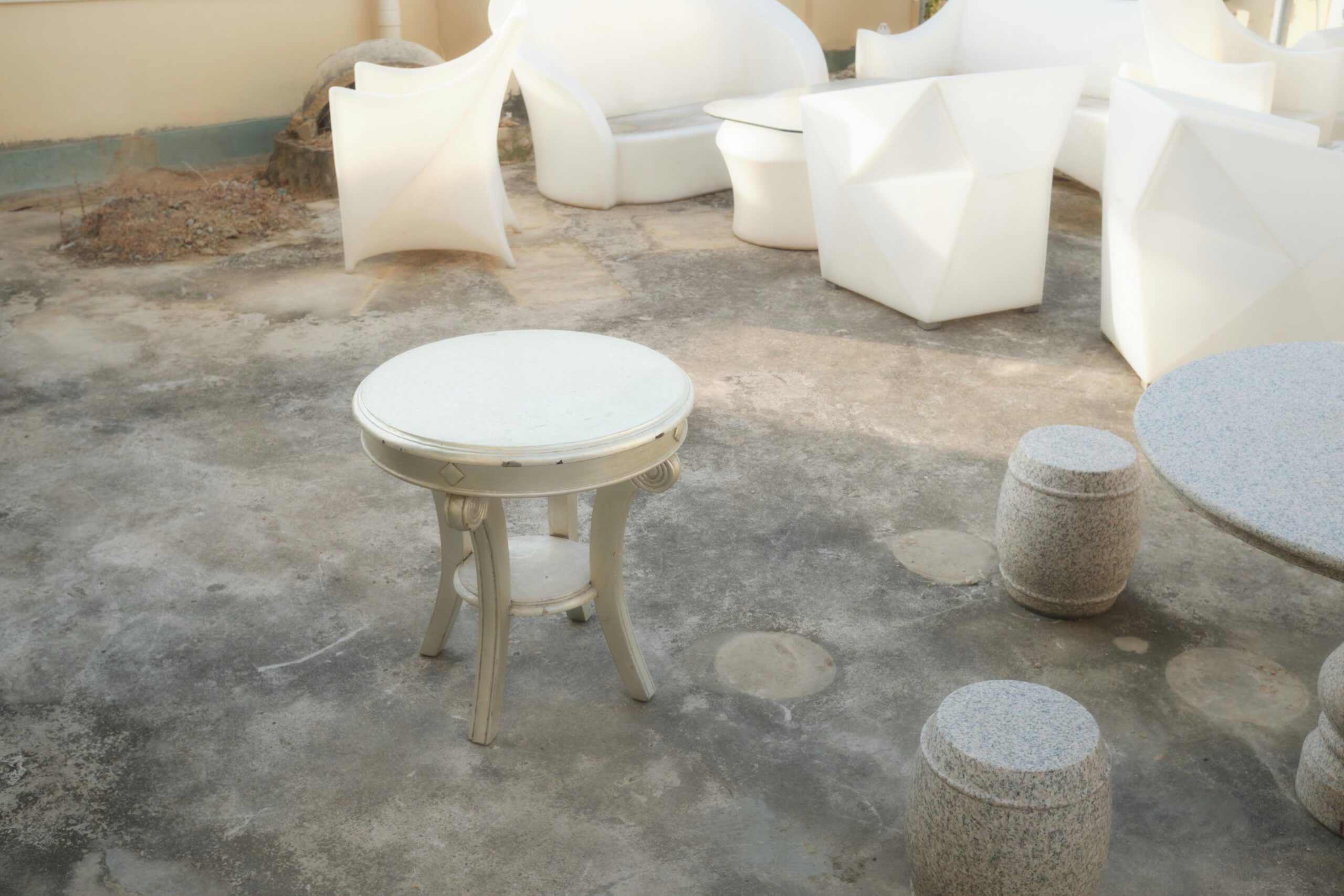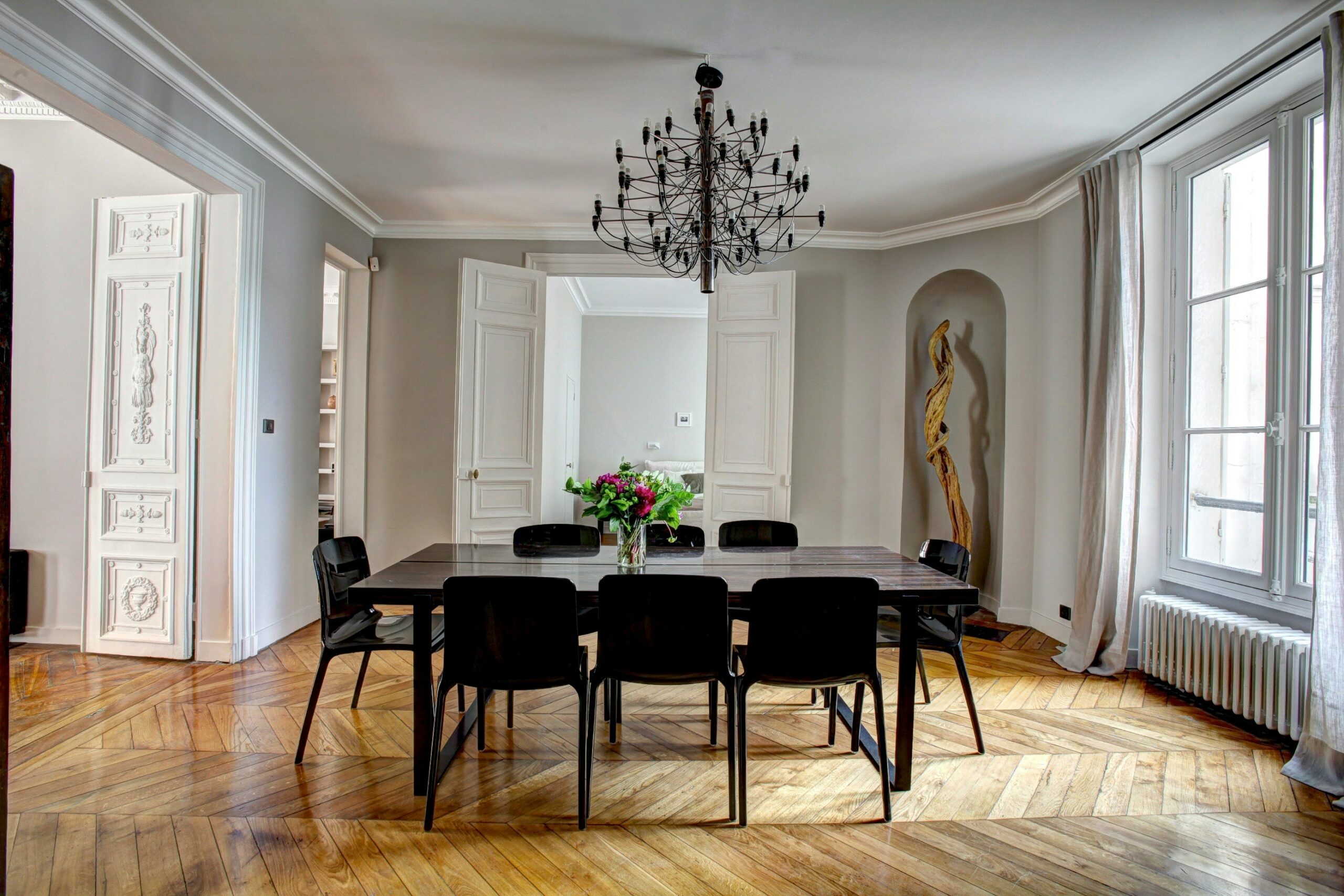What is the most durable natural stone?
This is a question that actually doesn’t have the most straightforward of answers. Why? We’ll get to that in just a moment. But to understand the different levels and types of durability in stone, it’s important to understand what natural stone is and its properties.
Introduction to Natural Stone
Natural stone is a product of nature’s geological processes. Over time, and with heat and pressure, stone develops in unique and wondrous ways giving every single slab and block a timeless beauty that has been revered, enjoyed and used throughout history.
The different types of natural stone available all possess unique characteristics that make it suitable for a variety of applications in both construction, interior design and exterior decoration.
While there are many different types of natural stone, the most popular and noteworthy ones include super white dolomite, marble, semi-precious stones, onyx stone, granite, limestone, slate, travertine, and quartzite.
Types of Natural Stone
As each geological formation of stone through heat and pressure differs, as well as the minerals and organic materials that make up each stone differ, different types of natural stone develop.
The various stones all come with distinguishable compositions, colours, benefits, veining patterns and features.
Durability in Natural Stone
When we talk about which is the most durable natural stone, we generally refer to its ability to withstand wear, damage and environmental factors over time. Other aspects, such as hardiness, resistance to scratching, resistance to staining, and resistance to moisture, can all factor into a stone’s overall level of durability.
When used in construction or interior design, durability is a critical factor. The more durable a stone is the longer it will last without the need for frequent repair or replacement. This is especially important in areas of high-traffic and activity, as well as spaces where it will be exposed to moisture, heat or both.
Durable stone doesn’t just preserve its functionality properties but also ensures its aesthetic appeal lasts for as long as possible.
Which is the Most Durable Natural Stone?
Super White Dolomite
Super white dolomite is a visually stunning stone and actually a type of marble. It’s iconic for the distinctive bright white shading it has and the subtle but beautiful veining that runs through it. While relatively durable, it is more prone to scratching and etching than some of the other stones so sealing and maintenance are essential to preserve its appearance and functionality.
Marble Stone
Marble is perhaps the most iconic and recognisable of the natural stone varieties and is beloved for its timeless elegance and classic appeal. This metamorphic rock is typically white coloured or off-white with intricate patterns of veining but it can actually be found in a variety of colours. Marble is among the softer of stones, however, and so without ongoing resealing and care can be susceptible to scratching or staining.
Semi-Precious Stones
Semi-precious stones, such as agate or amethyst, are valued for their rarity and the unique visual appeal they offer. This type of natural stone is often used in luxury designs, but the different types can vary in hardness and durability. Some require careful handling and can be delicate while others are far more hardy.
Onyx
Onyx is a stone renowned for its translucent properties and captivating aesthetic. However, a side-effect of its unique translucency is a delicacy to the stone that prevents it from being among the most durable of types and more susceptible to scratching and staining when untreated and unsealed.
Granite
Granite is an igneous rock with an iconic coarse-grained structure that comes in a wide range of colours and styles. A strong contender for most durable natural stone, granite is renowned for its exceptional resistance to everything from scratches and heat. It’s one of the many reasons why granite is commonly used for everything from flooring to kitchen benchtops.
Limestone
Limestone is a sedimentary rock and brings a natural ascetic warmth and softness to any room of the house. Its compact calcite composition makes it a durable stone, especially when sealed and properly maintained, but it is softer than some of the other types on this list.
Slate
Slate is another candidate for the most durable natural stone award. This fine-grained metamorphic rock features distinct layering. Its high levels of scratch-resistance and durability make it an excellent and popular choice for use as roofing and flooring, with the inherent layer structure only adding to its strength.
Travertine
Travertine is a subtype of limestone that’s formed in hot springs. It features a porous texture and unique surface voids. While regular sealing can maintain its appearance, it is relatively softer compared to other types of natural stone.
Quartzite
Quartzite is a unique entry in this list. This hard metamorphic rock is formed from sandstone and is prized for its durability and resistance to various elements such as heat. Its robust nature helps it to resist scratches and staining and makes it a top contender for the most durable natural stone.
Find the Most Durable Natural Stones at Euro Marble
In conclusion, while the durability of each type of stone requires consideration of various aspects of both the stone and application in question, there are some types that are more durable and others that are softer and more porous.
If you’re looking for the most durable natural stone, your best options are granite, slate and quartzite. However, each type of natural stone brings its own set of characteristics and benefits to the table, so there may be some options that are more suited or less suited to your particular application.

